Home > Climate News >

Arctic’s strongest sea ice breaks up for first time on record
“The oldest and thickest sea ice in the Arctic has started to break up, opening waters north of Greenland that are normally frozen, even in summer.
This phenomenon – which has never been recorded before – has occurred twice this year due to warm winds and a climate-change driven heatwave in the northern hemisphere.
One meteorologist described the loss of ice as “scary”. Others said it could force scientists to revise their theories about which part of the Arctic will withstand warming the longest…”
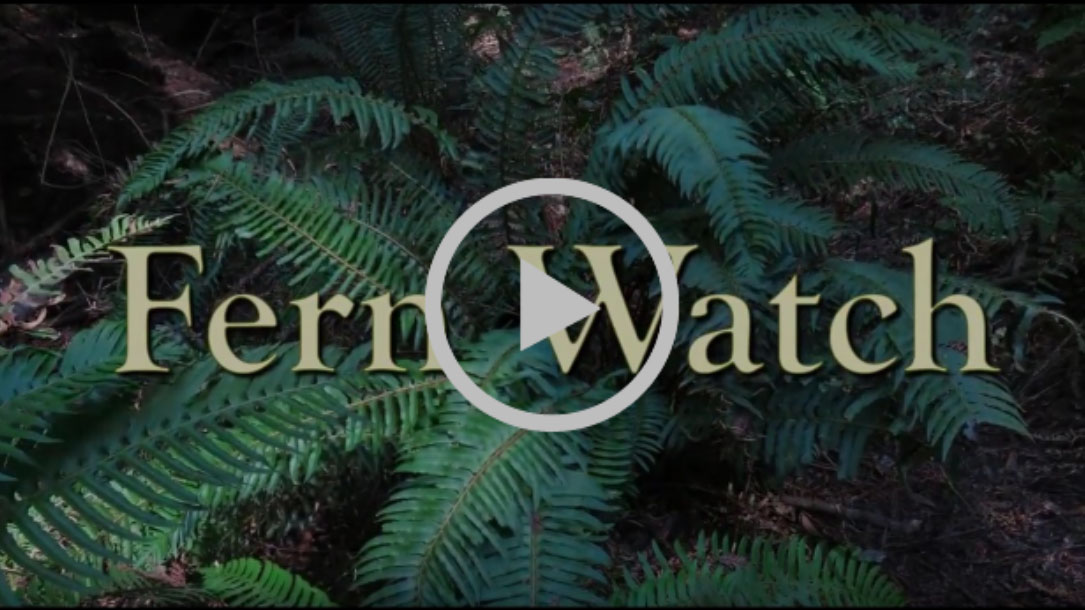
Fern Watch
Help Save the Redwoods League track climate impacts in the coast redwood forest by observing Western sword fern (Polystichum munitum). This fern is common in the world’s tallest forests and responds quickly to increases or decreases in rainfall. You can help us track changes in these ferns in your local forest by joining our Fern Watch project through the free iNaturalist App. With your help we can locate habitat most buffered from climatic extremes and focus our conservation efforts in areas resilient to climate change.
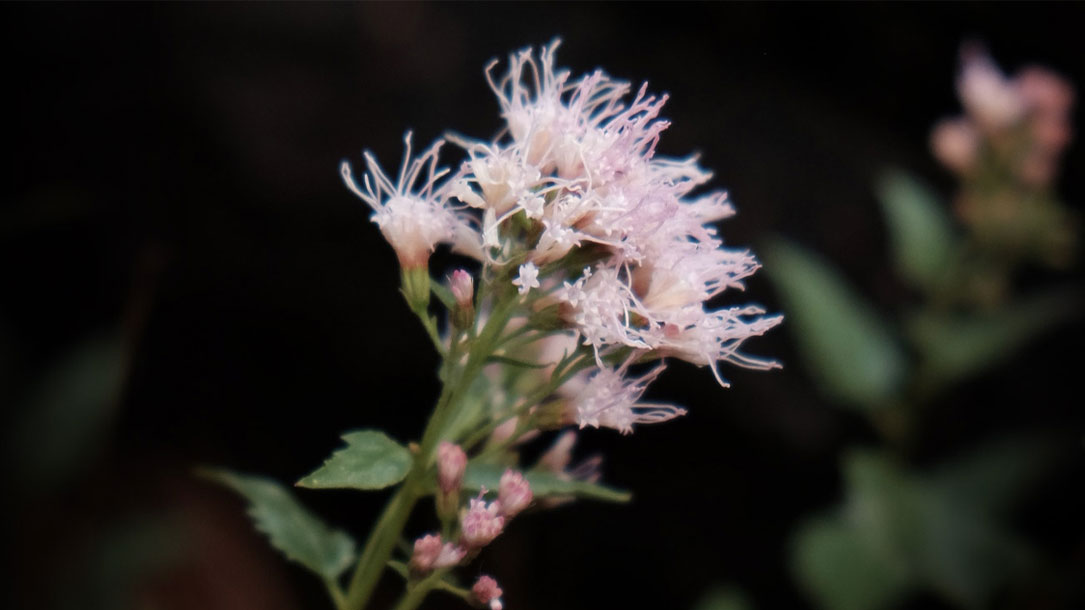
Contribute to Science
Every observation can contribute to biodiversity science, from the rarest butterfly to the most common backyard weed. We share your findings with scientific data repositories like the Global Biodiversity Information Facility to help scientists find and use your data. All you have to do is observe.
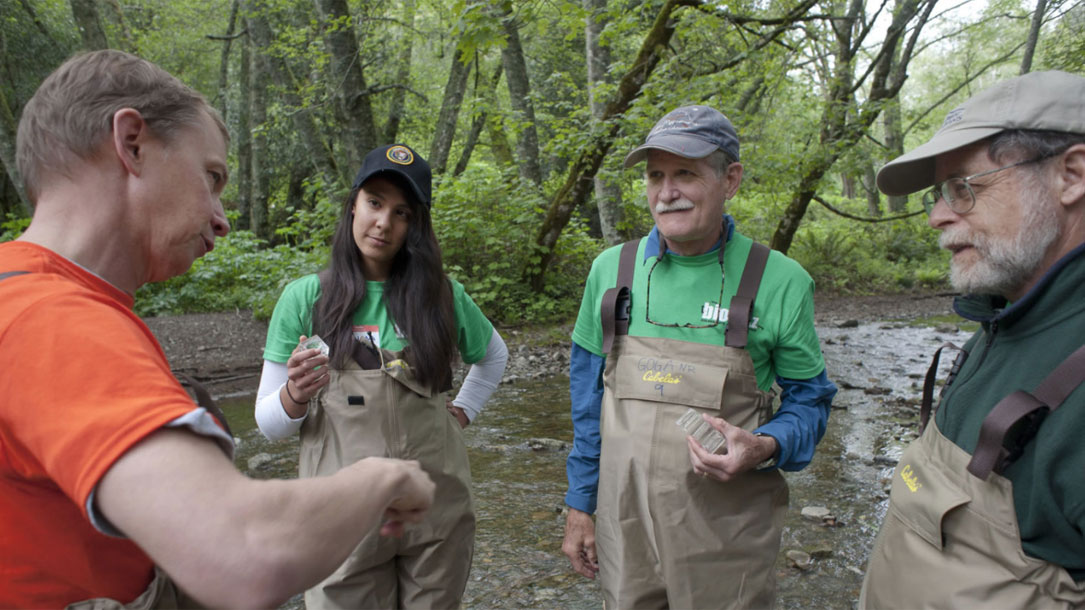
Citizen science programs, iNaturalist app, makes climate change real
Through its citizen science programs, Redwood Watch and Fern Watch, the Save The Redwoods League (a land trust in California) works with community members to help study where redwood forest plants and animals live throughout the redwood range, and track changes in the forest over time, including climate impact.
The land trust has a variety of programs centered around climate change research and uses iNaturalist to help with community plant identification. Check out the fern watch program…

Carbon markets conserve land, reduce climate pollution
Downeast Lakes Land Trust began evaluating its potential to participate in the carbon market in 2009 and entered a partnership with Finite Carbon in 2010. Finite Carbon Corporation is a forest carbon development company that partners with landowners to create and monetize carbon offsets.
Carbon offsets enabled a small, rural community land trust to conserve a large amount of land, protecting it from fragmentation and conversion to other uses…

Grasslands more reliable carbon sink than trees
Unlike forests, grasslands sequester most of their carbon underground, while forests store it mostly in woody biomass and leaves. When wildfires cause trees to go up in flames, the burned carbon they formerly stored is released back to the atmosphere. When fire burns grasslands, however, the carbon fixed underground tends to stay in the roots and soil, making them more adaptive to climate change…
“In a stable climate, trees store more carbon than grasslands,” said co-author Houlton, director of the John Muir Institute of the Environment at UC Davis. “But in a vulnerable, warming, drought-likely future, we could lose some of the most productive carbon sinks on the planet… We really need to start thinking about the vulnerably of the ecosystem carbon, and use this information to de-risk our carbon investment and conservation strategies in the 21st century”…
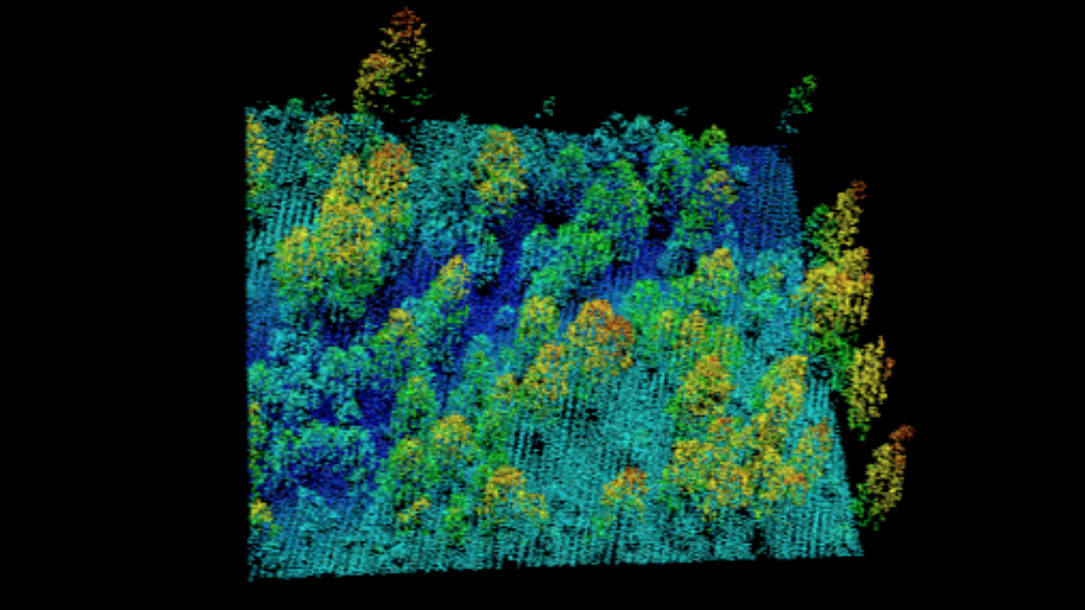
Acre for acre, urban trees can store as much carbon as tropical forest
Conserving trees in villages and urban areas here in the U.S. will help create better living environments for people and animals, and could—if managed well—help off-set carbon pollution.
“Researchers from University College London used a laser-based remote sensing method called LiDAR to build an intricately detailed 3D picture of more than 84,000 individual trees in their home borough of Camden, in northwest London. Then, based on the volumes of trunks and crowns, they calculated the amount of carbon each tree stores…”

Accelerating extinction risk from climate change
“Current predictions of extinction risks from climate change vary widely depending on the specific assumptions and geographic and taxonomic focus of each study. I synthesized published studies in order to estimate a global mean extinction rate and determine which factors contribute the greatest uncertainty to climate change–induced extinction risks. Results suggest that extinction risks will accelerate with future global temperatures, threatening up to one in six species under current policies…”

Death and Extinction of the Bees. The Role of Monsanto?
‘Scientists have recently reported that mass extinctions of marine animals may soon be occurring at alarmingly rapid rates than previously projected due to pollution, rising water temperatures and loss of habitat. Many land species also face a similar fate for the same reasons. But perhaps the biggest foreboding danger of all facing humans is the loss of the global honeybee population. The consequence of a dying bee population impacts man at the highest levels on our food chain, posing an enormously grave threat to human survival. Since no other single animal species plays a more significant role in producing the fruits and vegetables that we humans commonly take for granted yet require near daily to stay alive, the greatest modern scientist Albert Einstein once prophetically remarked, “Mankind will not survive the honeybees’ disappearance for more than five years.”’
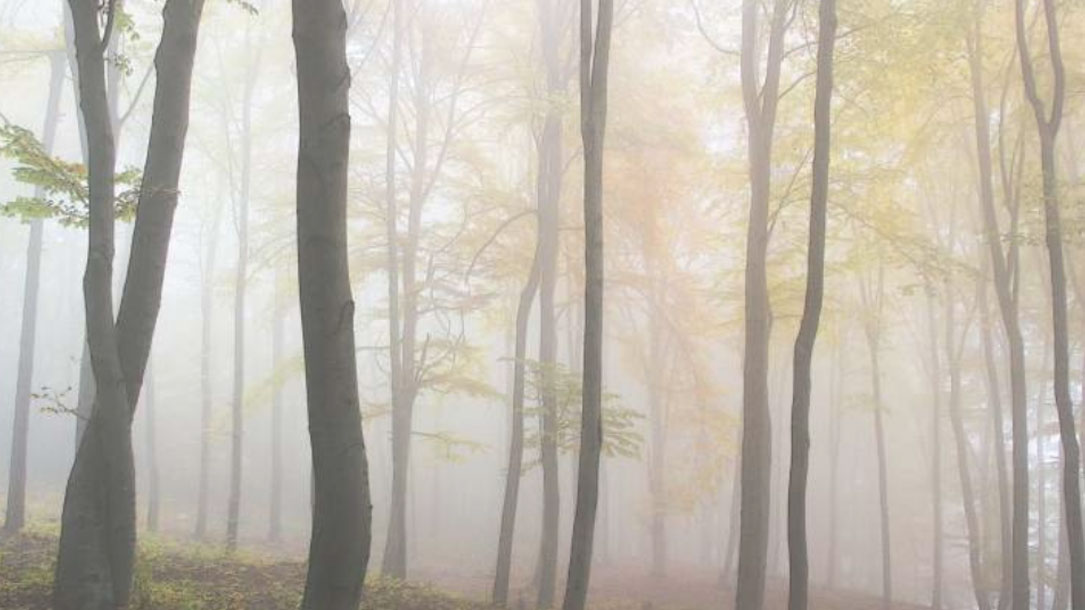
Forests may lose the ability to protect against extremes of climate change
Kimberley Davis is a University of Montana postdoctoral research associate and the lead author of the study that suggests some forests will lose their capacity to buffer climate extremes as water becomes limited at many sites.
“Changes in water balance, combined with accelerating canopy losses due to increases in the frequency and severity of disturbance, will create many changes in the microclimate conditions of western U.S. forests,” Davis said…












